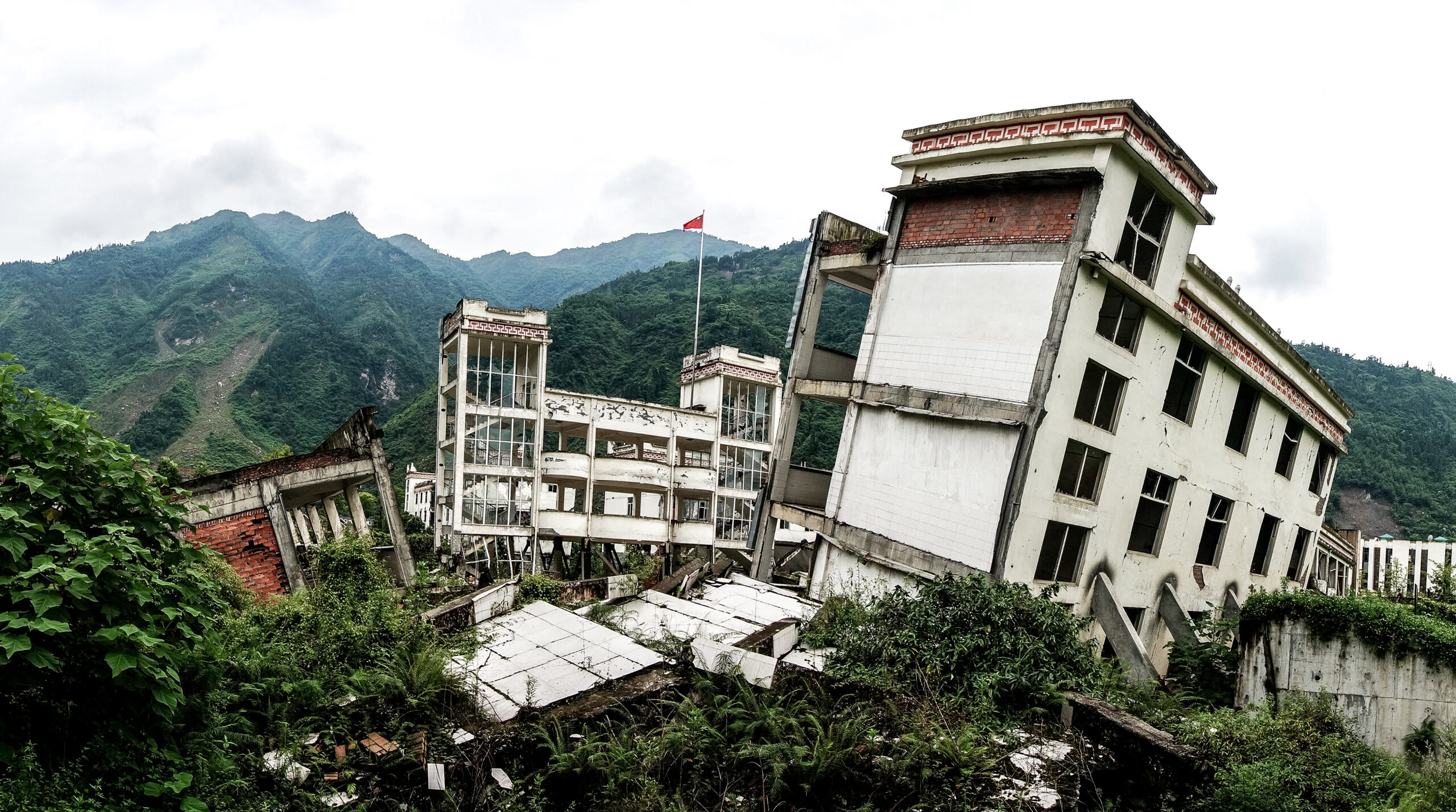AudioPod
About this episode
Savannas are characterised by the co-existence of two very different types of plants – trees and grasses. They may be open, with large swathes of grass and an occasional tree dotting the landscape, or closed with a near complete cover of trees and a sparse grass layer beneath. In drier parts of the world, drought may play an important role in determining the balance between the trees and grasses in savannas. Extreme droughts, which are likely to become more common with climate change, could permanently shift a closed savanna to an open one. Such changes would have significant consequences for the functioning of these ecosystems and the animals they support. Dr Anthony Swemmer of the South African Environmental Observation Network explored the impact of an unusually severe drought on trees in South Africa. His team’s research shows that the response of trees to drought depends on a suite of local factors.
Original Article Reference
This SciPod is a summary of the paper ‘Locally high, but regionally low: the impact of the 2014-2016 drought on the trees of semi-arid savannas, South Africa’ from African Journal of Range & Forage Science. doi.org/10.2989/10220119.2020.1723696
This work is licensed under a Creative Commons Attribution 4.0 International License. 
What does this mean?
Share: You can copy and redistribute the material in any medium or format
Adapt: You can change, and build upon the material for any purpose, even commercially.
Credit: You must give appropriate credit, provide a link to the license, and indicate if changes were made.






